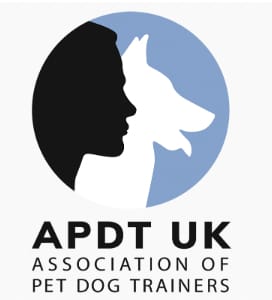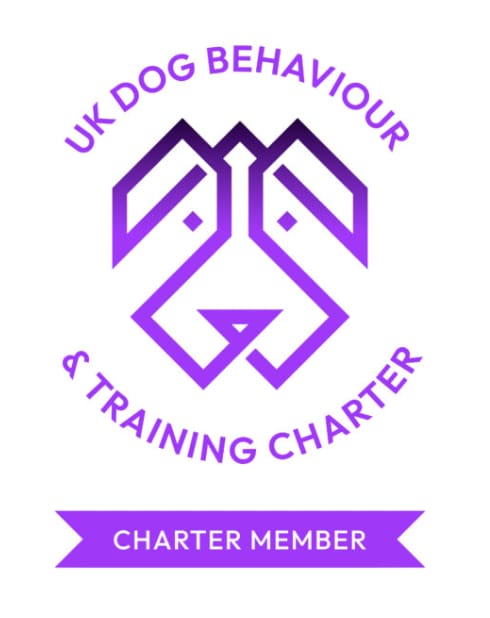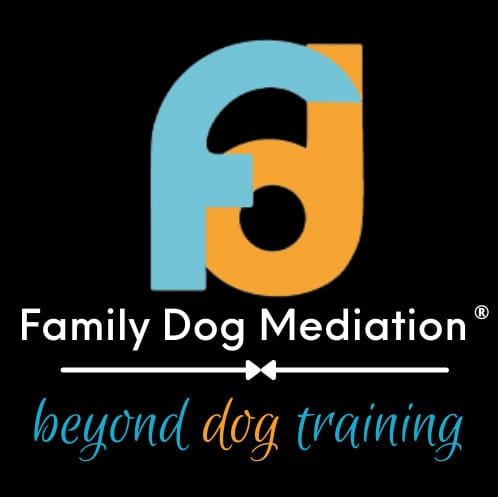Living with a deaf dog
27/02/2019 - Blog
If your dog is deaf, you will need help to adapt the way you communicate with your pet. Here are some practical tips to help you.
Can your dog hear anything at all?
The first port of call when you suspect your dog is having problems with hearing, is of course the vet. There are several possible reasons why your dog isn’t hearing you. Some, such as blockages or infection can be resolved quite easily. Whatever the cause of hearing loss, any possible pain or discomfort needs to be treated. And then of course there’s “selective hearing”. Some dogs might struggle to hear human voices but can still pick up different sound frequencies such as whistles. Others simply seem to ignore their people – which is the subject for an altogether different blog.
Once you have an understanding of what’s happening with your dog’s ears, you can start to think about new ways to communicate.
What can a deaf dog do?
Unless your vet tells you differently, you deaf dog can do anything a hearing dog can do. Enjoying walks, riding in the car, playing with you or with toys, meeting new people and dogs, training, scentwork – anything. The only difference is going to be in the way you communicate.
Remember that a deaf dog has a limited sense of what’s going on around him. And that might mean he or she is sometimes confused, startled or nervous. Your role is to help your pet to navigate a silent world with confidence and joy.
Around the house
I’ve had to make changes around the house to accommodate Honey’s eyesight problems. You may need to think about your dog’s changing needs too.
If your dog was once able to hear, he will be used to settling down and listening to the family going about their daily life. The sound of footsteps on the stairs, crisp packets being opened, the kettle boiling, the doorbell etc will have been his reassurance that someone is near. Without those noises he may feel a little confused or isolated.
Be patient, watch his body language and try to let him know you’re near without startling him. Switching lights on and off and checking in with him more frequently – but don’t sneak up from behind and make him jump! If possible leave doors open so he can come and find you when he feels lonely.
Use your behaviour as visual clues as to what might happen next. A deaf dog won’t hear you shout “walkies”. But if he sees you take your boots out of the cupboard and carry them to the door he’ll know it’s outside time.
If he watches you put on your work shoes or pick up a shopping bag, he’ll soon learn that means you’ll be gone for a short while. Talk to your dog trainer about building a suitable “going out” routine. Don’t just run down the stairs and out of the door – he’ll feel lost and alone when he realises you’ve gone.
A bouncy floor is a big help to a deaf dog. They can pick up the vibrations of your footsteps as you move around the room. I’m not suggesting you rip up all the carpets and install a sprung dance floor but perhaps build a mini-deck for his bed so that he can feel when you step on it.
Of course, make sure the garden is 150% secure. If he wanders off he doesn’t stand a chance against traffic if he can’t hear cars coming. Neither will he be able to hear you calling him back.
Meeting and greeting
While you are out and about, a nice bright, clearly worded bandana or jacket will alert others that your dog might react differently to them. Encourage people to approach at an angle where they can be seen. For dogs and children, you could steer your dog round and alert him to their presence. Remember, a dog that is startled could react badly.
Visitors to the house need to understand that they may need to be patient with your dog and not greet him until he has “clocked” their presence. Not all visitors enjoy having muddy paws plonked on their clean clothes, but your dog won’t be able to hear you (or anyone) ask him to “get down” or “sit”. It’s for you, as his assistance human, to train him to greet people appropriately without a verbal cue.
Going for walks
Humans who are hard of hearing report that their world seems smaller as their hearing fails. However, dogs don’t rely on hearing quite as much as we do. They get information through the sense of smell. So as long as they can still sniff, they will definitely keep on enjoying life.
Walks are a great way to help dogs satisfy their need to sniff. But of course, if your dog is hearing impaired you will need to take some sensible precautions.
Recall is going to be a challenge if your dog can’t hear anything. Investing in a comfy harness and a long lead will allow a little more freedom and some sniffy space. Or, if you are lucky enough to have a well fenced dog walking area near you, make the most of it. Just remember though, your dog won’t be able to hear other dogs approaching him or her so be very vigilant.
Using hand signals
As dog trainers, we teach hand signals alongside voice cues. Provided your dog is looking at you and focussed on your body language, you can use hand signals for almost any behavioural cue.
The key to training a deaf dog is focus. The dog must learn to keep watching you and waiting for the next cue. Which is exactly what we encourage at CK9 training sessions. Consequently, any of the training classes at CK9 are suitable for deaf or hearing impaired dogs.
- Teaching your dog to touch your outstretched hand with his nose can gradually be extended into a long-distance recall cue.
- A “thumbs up” can be used instead of a clicker or the word “good”
Copyright © 2025 CK9 Training








